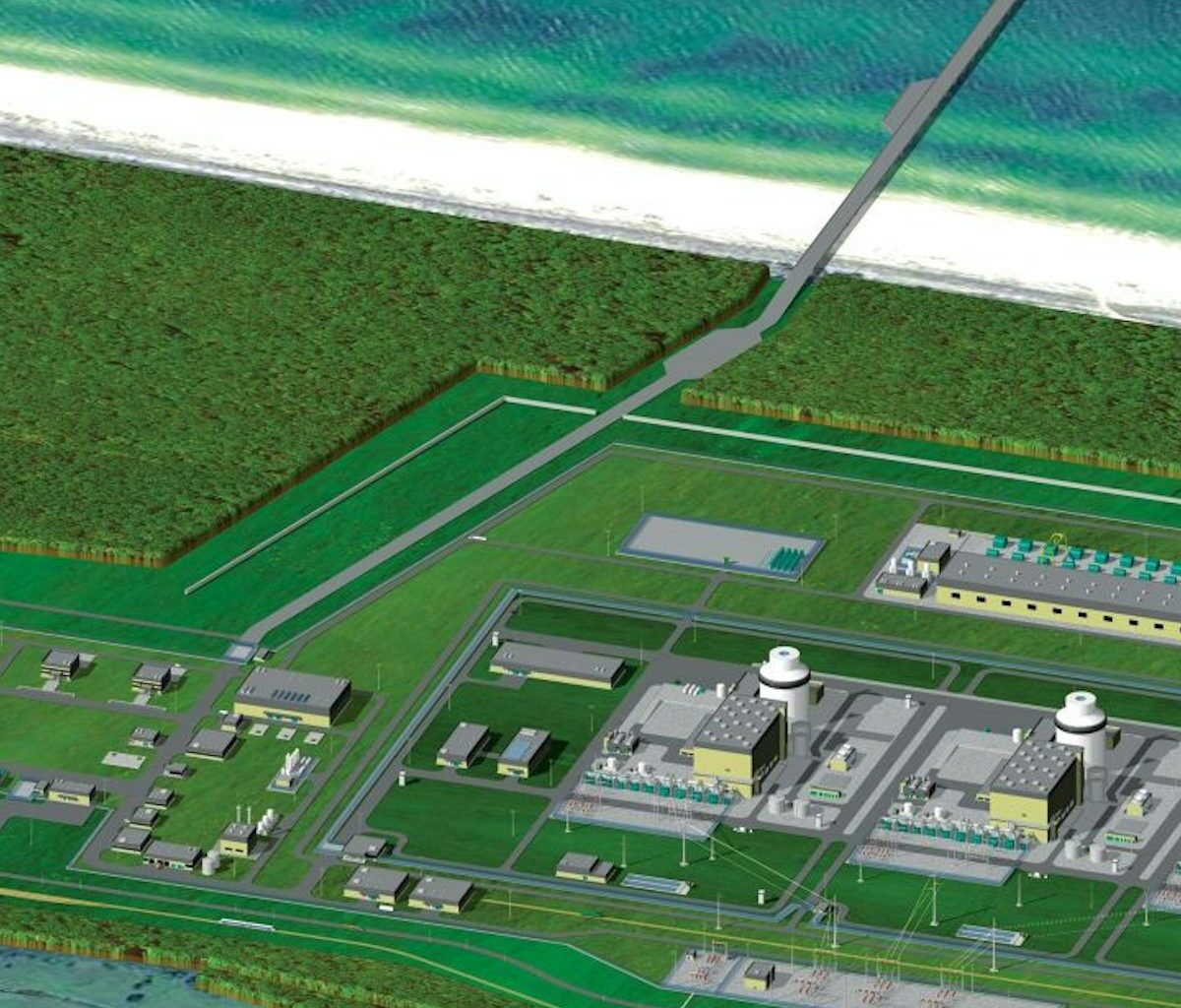Poland’s updated nuclear power programme
(PPEJ) sends a strong signal of the country’ commitment to nuclear energy as a pillar of decarbonisation, energy security and industrial competitiveness, but critical questions remain unanswered, said Malwina Qvist, director of the Nuclear Energy programme at Clean Air Task Force (CATF).
“Nuclear power holds a unique role in Poland’s energy transition – displacing coal, complementing renewables, and bolstering industrial competitiveness through reliable, low-carbon baseload power,” Qvist said.
CATF, a US-based environmental organisation, said the draft PPEJ introduces several notable developments including a competitive technology section process for Poland’s second nuclear power station, with consideration for delivery timelines, financing structures, and workforce development.
“There’s clear momentum behind this shift,” said Qvist. “But targeted improvements are needed to navigate the complexities of nuclear deployment, building on lessons learned in the region and overseas.”
CATF said critical questions remain unanswered, with ambiguity around who will lead the second project, raising risks of misalignment and delays.
CATF called for strengthened economic modelling and financing and efforts to advance small modular reactors.
The updated PPEJ confirms that Poland’s first nuclear station will be built at the Lubiatowo-Kopalino site on the Baltic coast in Pomerania, using three Westinghouse AP1000 nuclear units.
The new document marks a shift from planning to implementation, specifying that the country’s planned 6 GW to 9 GW of nuclear capacity will be delivered from two large-scale nuclear stations, with the second likely in central Poland’s coal heartland.
Warsaw last updated its nuclear plans in 2020 with the goal of deploying 6 GW to 9 GW of nuclear by 2040, but leaving technology, vendor and site selection open.
The Polish ministry of industry has proposed a month-long public consultation on the update.
